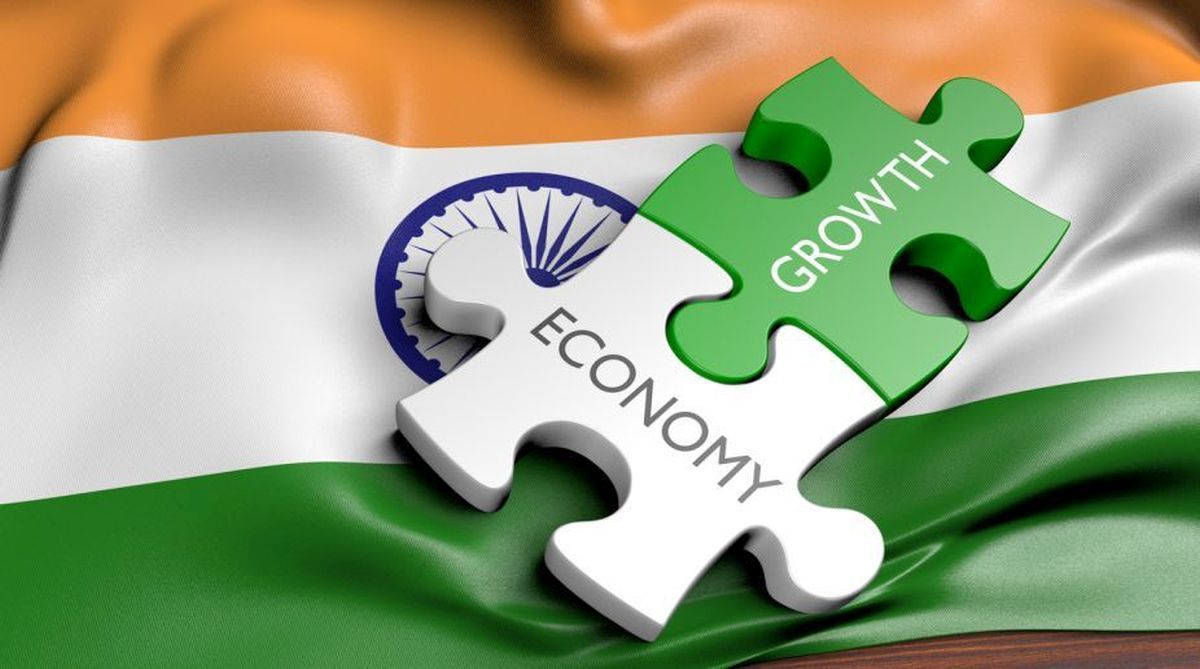Intel appoints Santhosh Viswanathan as India region head
Chip maker Intel on Friday said that it appointed Santhosh Viswanathan to head the India region business as its Managing Director (MD).
The evolution of the ‘family/work’ axis has important implications for the country’s social and economic health.

Representational Image. (Getty Images)
India is experiencing a socio-cultural phenomenon, which is transforming the way people prioritise their time and spends. This is the result of a convergence of trends – the shift towards nuclear families, economic growth, the emergence of the millennial generation, and the ubiquity of the Internet. India has entered an age where an individual is focussing and spending on their own leisure and this is no longer deemed extravagant or unnecessary but an integral part of a healthy, balanced, daily routine.
Traditionally, for most Indians, financial priorities centered around saving for their children’s education or paying the bills incurred for the running of the household or even supporting the extended family. Any additional expenditure, particularly on themselves, was an alien concept and brought with it not only disapproving looks from all family members but also an avalanche of guilt. When it came to time, available hours were shared between these responsibilities and the demands of work; often, the latter assumed the priority. But the social fabric of India – and this so-called ‘family-work’ axis – is being disrupted.
First, India’s traditional joint family structure is being increasingly complemented by a new trend towards the nuclear family. The nuclear family has steadily surfaced as the dominant form of residential unit, especially in urban areas; nearly three quarters 74% of Indian households contain just two generations, and the average size of today’s Indian household is just 4.45. According to one study in Delhi the largest proportion of households — 69.5% — were occupied by one married couple (compared with just 17.1% with two married couples, and an insignificant proportion with more than two married couples). Considering all the households’ occupants, nearly a quarter (24%) of Delhi homes contain just four members in total. And the trend towards nuclear household is not merely a metro phenomenon; other data from the Kanpur district of Uttar Pradesh revealed similar patterns, with 81.25% families containing parents and a single generation of children.
Advertisement
This trend towards nuclear families has proved to be liberating; couples and their children are freer to initiate their own lifestyles and create their own routines. Family bonds remain important, but they are not as definitive as they once were. This household trend has been accompanied by another, the emergence of the so-called ‘millennial mindset’.
Secondly, today’s under 35-year-olds have enjoyed an age of relative of abundance. Previous generations had to save for years for a commodity such as a car (or even a telephone line!). In the last six years, the number of millennials driving a car has grown by 22.7%. In 2016, 27% of car buyers were millennials.
Thirdly, millennials are not as hard-pressed to make ends meet as their predecessors, they are also less likely to grow up in a multi-generational household constantly reminding them of former times (and spending habits!). Today, these millennials are the chief wage earners in India with a 47% share in the working age population; they are free of the binary ‘work/family’ complex that defined their predecessors. The latter’s attention was focused exclusively on their professional and family obligations – from their working hours to prioritizing their (extended) family for their time and resources. Today’s millennials – even beyond India’s metros – have discovered a third option, leisure, and they are dedicating themselves like no previous generation.
While the majority of their monthly income continues to be spent on essentials, education, and utilities, an increasing proportion is dedicated to leisure: entertainment and eating out (32.7%), apparel and accessories (21.4%) and electronics (11.2%).
Moreover, unlike the previous generation, young people in India today are comfortable with the idea of pampering themselves; in fact, this ‘third choice’ to dedicate time and resources on personal leisure has become as fundamental as the other two (work and family). The emergence of a ‘leisure consciousness’ across India’s younger generations is evident, from metros to Tier II cities and beyond. Leisure consciousness is driving the fast moving consumer goods (FMCG) industry, today the fourth largest sector in the Indian economy.
Consumers are now conscious that leading a balanced lifestyle with some measure of time dedicated to their own leisure is critical to their wellbeing, and they are now willing to leverage their financial resources for the same. The personal loan space has already shown substantial growth from 9,924 billion INR in 31st March 2017 to 19,085 billion INR in 31st March, 2018. Furthermore, personal finance for travel accounts are between 12% and 20% of the total loan portfolio.
Finally, the ubiquity and accessibility of the Internet represent the ultimate driver and proof point for this trend. By the end of last year, India boasted an estimated 481 million Internet users, with 294 million Facebook users, 34.4 million Twitter users, and 71 million Instagram users. It is this digital community that reinforces the belief that the purchase of items for the sole purpose of self-satisfaction or the occasional self-indulgence is both a natural and essential quality of modern life.
The motivations and priorities driving the average Indian have transformed; from the ‘work/family axis another, equally essential element has been added, which is leisure.
This trend has important implications, not merely to Indians’ wellbeing (Mumbaikars currently work longest hours in the world!), but to the country’s economic story. Leisure (including travel and hospitality) has accounted for approximately 3.5% of India’s GDP for the last decade, with the emergence of Leisure Consciousness, this proportion is likely to rise. That’s not only good news for India’s consumers, but for the economy as a whole.
(Gaurav Chopra is Founder & CEO, IndiaLends)
Advertisement